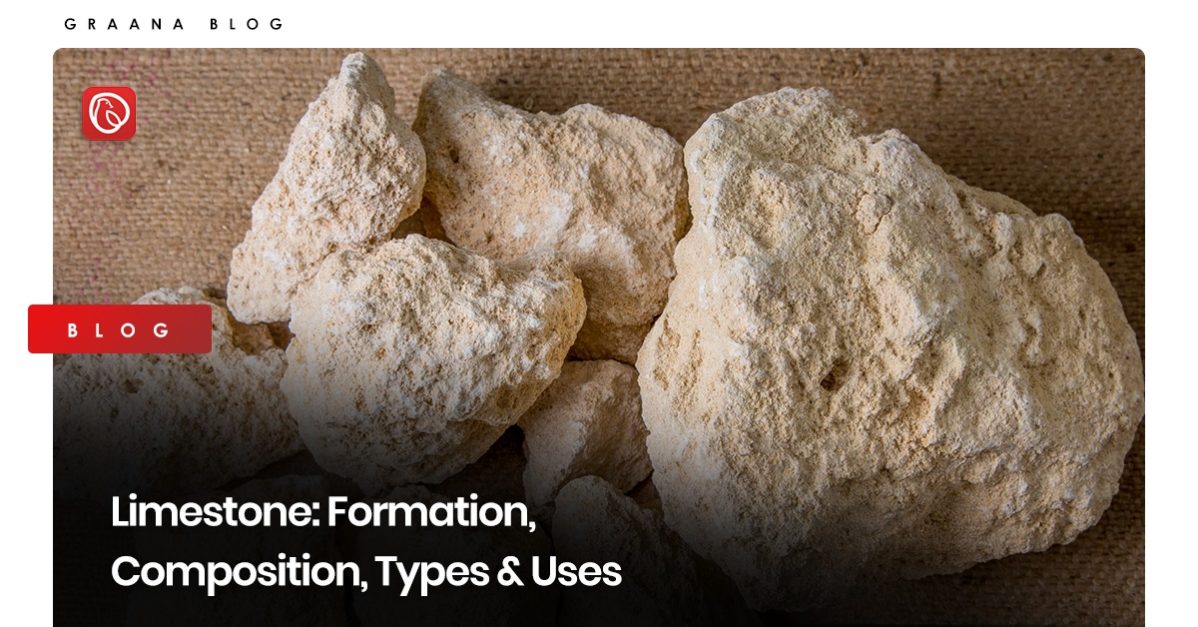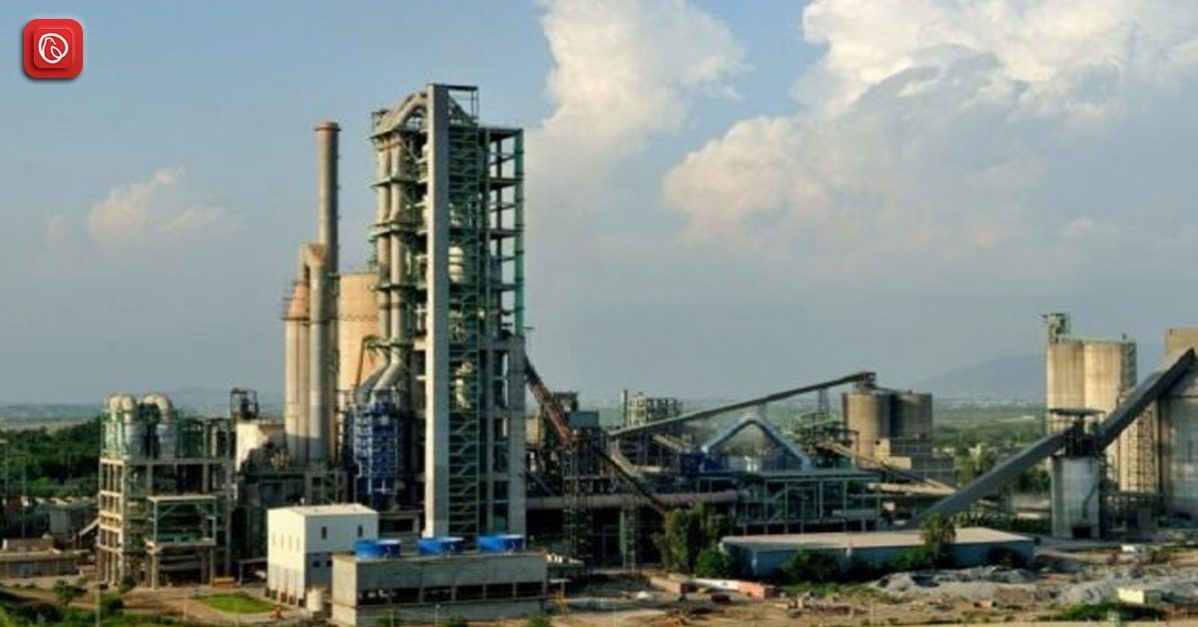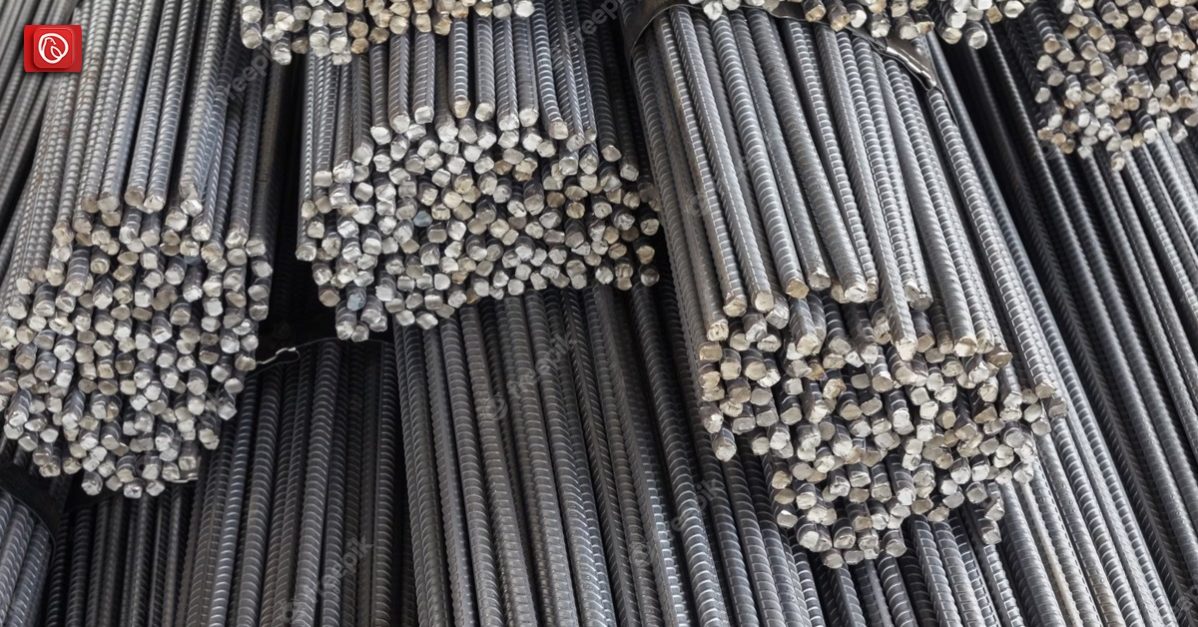Limestone is a versatile and widely-used sedimentary rock that is formed from the accumulation of calcium carbonate. From building materials to agricultural supplements, it is a popular choice due to its durability, versatility, and accessibility.
Graana.com has gathered information on everything you need to know about limestone, including its types, formation, composition and uses.
What Is Limestone?
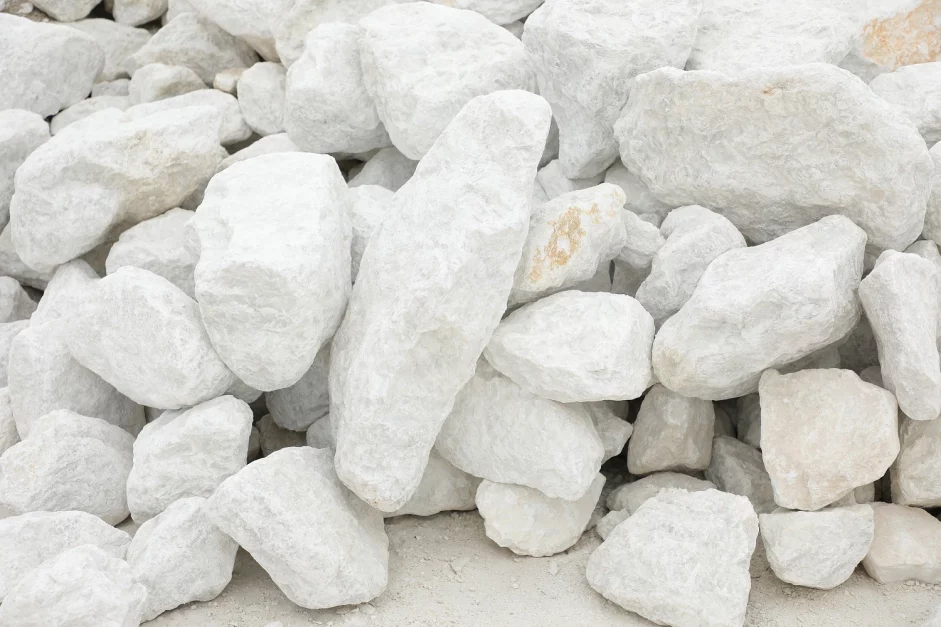
Limestone, composed primarily of calcium carbonate (CaCO3), is a carbonate sedimentary rock and serves as the primary source material for lime production. The accumulation of marine fossils, minerals, and other organic matter form limestone, a natural rock. It mainly consists of calcium carbonate, which accounts for about 90% of its chemical composition, and the remaining 10% is made up of impurities like clay, sand, and silt.
Limestone typically forms in warm, shallow seas, and is commonly located in regions with high concentrations of marine life, such as coral reefs. As time passes, the sediments and marine organisms accumulate, compact, and cement together, resulting in the formation of limestone rocks. It is typically grey, but can also come in a range of colours, such as beige, yellow, and even pink.
Formation of Limestone
Limestone is formed through the accumulation of sediment and marine organisms. This process can take millions of years and occurs in bodies of water such as oceans, lakes, and rivers.
Sedimentation occurs when particles settle on the bottom of these bodies of water. Over time, these sediments are compressed and cemented together to form sedimentary rocks, including limestone.
It can also be formed through the accumulation of shells and other remains of marine organisms, such as corals and molluscs, which contain calcium carbonate.
These organisms secrete calcium carbonate to form their shells, which can collect and form limestone deposits. As the organisms die, their shells and remains are buried by sediment and become fossilised, forming fossiliferous limestone.
Composition of Limestone
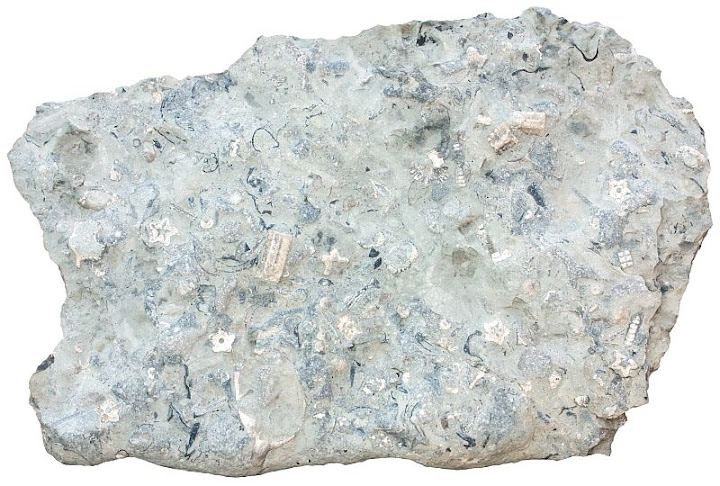
Calcium carbonate, the primary component of limestone, forms when calcium ions and carbonate ions combine, both of which are present in water. This chemical compound results from the reaction between the two ions.
In addition to calcium carbonate, it may also contain other minerals and impurities, such as clay, sand, and iron oxide. These impurities can give limestone its distinctive texture and colour.
Types of Limestone
There are many different types of this stone, each with its own unique properties and uses. Here are some of its most common types:
Chalk
Chalk, a soft and white limestone used for writing and drawing, forms from the accumulation of microscopic shells and other remains of marine plankton. It typically appears in cliffs and hillsides along the coast, where erosion has exposed it.
Oolitic Limestone
Oolitic limestone has a distinctive appearance due to its small, rounded grains. The limestone forms from the accumulation of ooids, which are small, spherical grains of calcium carbonate.
Fossiliferous Limestone
This type of limestone contains fossils and other organic matter, giving it a distinctive appearance. Fossiliferous forms when shells and other remains of marine organisms accumulate over time. As these organisms die, sediment buries their shells and remains, which undergo fossilization and form the limestone
Travertine Limestone
Travertine is a type of limestone that forms around hot springs and has a porous texture. It is formed through the precipitation of calcium carbonate from the mineral-rich water of hot springs. This process can take thousands of years and results in the formation of layered deposits of travertine.
Uses of Limestone
Limestone finds use in various fields, including construction, agriculture, industry, and landscaping. In construction, builders use it for walls, floors, and facades, thanks to its natural beauty and durability. It is also a vital raw material for cement production, which is useful in building bridges, structures, and other infrastructure.
Agriculture
People often add it to soil to neutralize acidic soils and provide necessary nutrients, such as calcium and magnesium, to plants. Additionally, limestone finds application in the production of fertilizers and animal feed.
Industries
It has diverse applications in various fields, such as construction, agriculture, industry, and landscaping. Builders utilize its durability and natural beauty for constructing walls, floors, and facades in construction. Besides, cement production depends on limestone as a crucial raw material to create bridges, structures, and other infrastructure.
Lucky Core Industries, one of the most renowned chemical industries in Pakistan, produces various chemicals and agri-related products using limestone.
Its chemicals and agri sciences business comprises five divisions: general chemicals (GC), polyurethanes (PU), speciality chemicals (SC), masterbatch (MB), and agri sciences. The following are the primary divisions of chemicals:
General Chemicals (GC)
- Consumer Chemicals
- Adhesives
Specialty Chemicals (SC)
- Textiles
- Industrial Chemicals
- Crop Protection Chemicals
Agri Sciences
- Seeds
- Agrochemicals
Polyurethanes (PU)
- Rigid
- Flexible
- Slab Stock
Masterbatch
- Black & White Masterbatches
- Standard Colours
- Standard Additives
- Specialised Colours
- Specialised Additives
LCI imports, blends, and distributes a diverse range of products and variants from international trading partners through its chemicals divisions (GC, SC, and PU).
Its products play a crucial role in various industries, including adhesives, paints, insulation, and textiles, adding value to practically every industry in Pakistan.
Outdoor Spaces
People value it for its decorative qualities and use it in landscaping and architecture, including building pathways, retaining walls, statues, monuments, and other architectural features.
It has cultural and historical significance as it was used in the construction of many ancient buildings, such as the Great Pyramids of Egypt and the Parthenon in Greece, and has been used in art and sculpture for thousands of years.
Environmental Impact of Limestone
While limestone is a valuable and versatile natural material, its extraction and use can have significant effects on the environment. Quarrying, the process of extracting limestone from the earth, can lead to habitat destruction and loss of biodiversity. It can also cause soil erosion, water pollution, and air pollution.
In addition, the production of cement, which is made from limestone, is a major source of greenhouse gas emissions, contributing to climate change. The mining and transportation of limestone can also lead to the release of particulate matter and other air pollutants, which can have a negative impact on human health and the environment.
To mitigate these issues, companies can utilize sustainable mining practices and technologies aimed at reducing the environmental footprint of limestone extraction and use. Recycling and reusing limestone products can also help reduce waste and minimise its environmental impact.
Conclusion
People have used it for numerous applications for thousands of years, making it a versatile and abundant natural material. Various types of limestone, each with its unique texture, colour, and composition, exist. It’s natural beauty, versatility, and durability make it highly prized.
FAQs
Q: What is limestone?
A:The formation of limestone occurs through the accumulation of organic remains, such as shells and coral, and the precipitation of calcium carbonate from seawater. It primarily comprises calcium carbonate (CaCO3) in the form of the mineral calcite and is classified as a sedimentary rock.
Q: What are the common uses of limestone?
A: It has numerous uses, including as a building material, a soil conditioner, a filler in products such as paint and plastics, a flux in the production of iron, steel, and cement, and as a raw material in the chemical industry.
Q: What are the different types of limestone?
A: There are several types of limestone, including chalk, fossiliferous , travertine, and oolitic. These vary in texture, appearance, and composition.
Q: Is limestone a renewable resource?
A:People consider it a non-renewable resource because it takes millions of years to form. However, with proper management practices, people can sustainably mine it as it is abundant.
Q: Is limestone harmful to the environment?
A: While limestone itself is not harmful to the environment, the mining and processing of limestone can have a negative impact on the surroundings. This includes habitat destruction, soil erosion, and water pollution.
Q: Can limestone be recycled?
A: People can recycle and reuse limestone in various ways. For example, they can use crushed limestone as a base material for roads and sidewalks, and they can also use it to create new construction materials like concrete.
Q: Where is limestone found?
A:It occurs all over the world, and the United States, China, and India host some of the largest limestone deposits.
Q: How is limestone formed?
A:Organic remains accumulate and calcium carbonate precipitates from seawater to form limestone, which solidifies into rock over millions of years.
Q: Is limestone a hard rock?
A: It is a relatively soft rock, with a Mohs hardness scale rating of 3. Harder rocks like granite or marble can be more durable than it due to its susceptibility to scratches.
Q: What is the colour of limestone?
A: The colour of this stone varies depending on its composition and impurities. It can be white, grey, beige, yellow, red, and even black.
Follow Graana.com for more related content.
